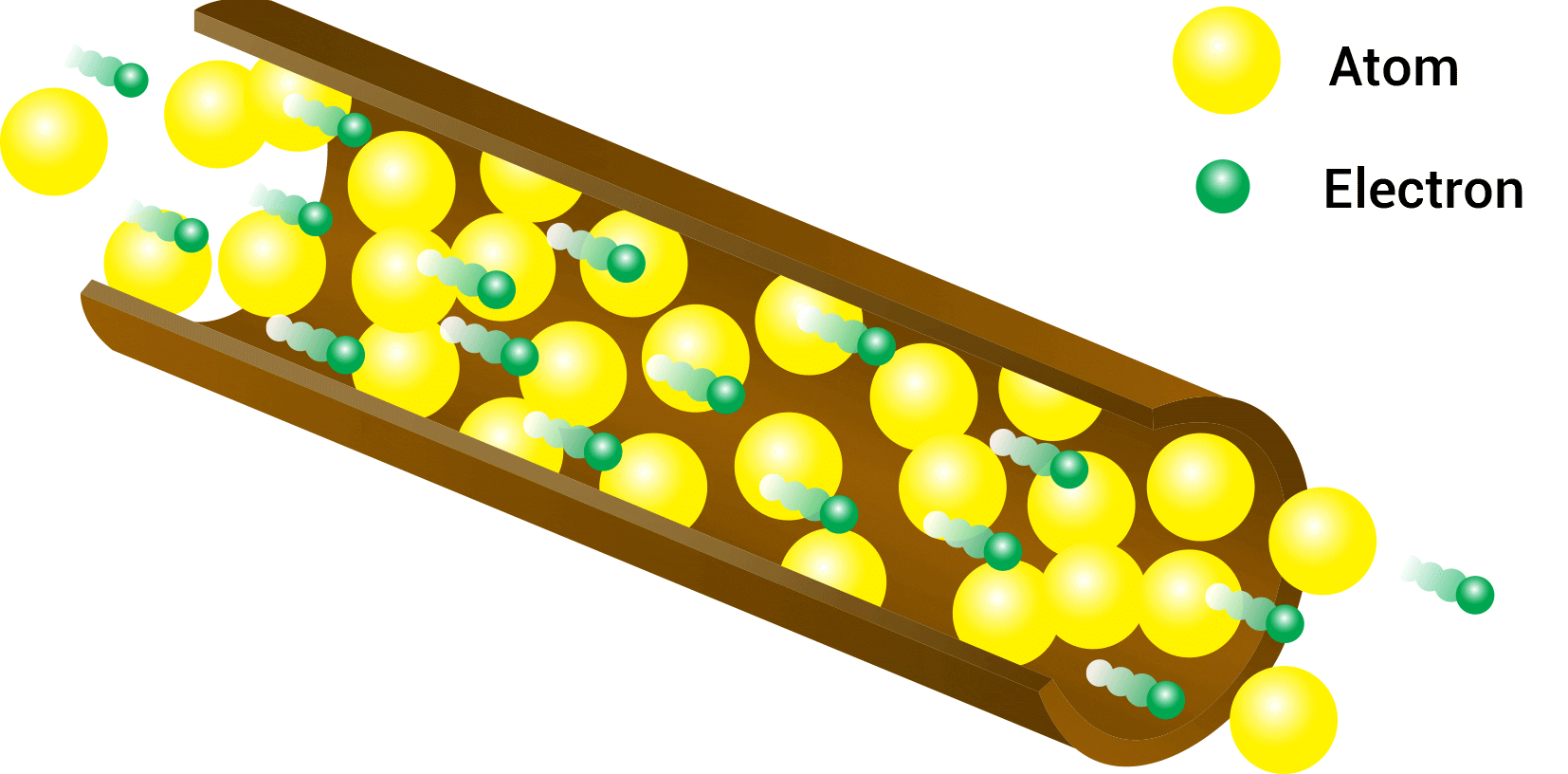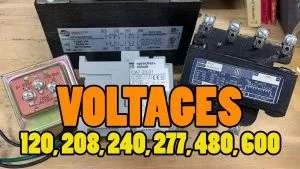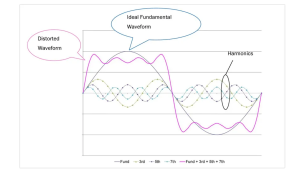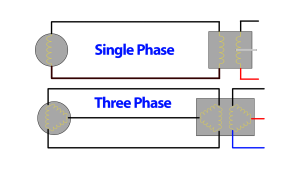Basics of Electricity
Electricity is a fundamental component of nature consisting of the presence and flow of electric charge. Used energetically in every corner of modern life, electrical energy powers homes, industries, and technology. Making it a crucial topic of study. Understanding electricity begins with its basic principles: electric charge, electric current, voltage, resistance, and power.

Definition of Electricity
Understanding the definition of electricity can be challenging due to varying explanations across textbooks and websites, with some describing it as energy, others as a force, and still others as the flow of electrons. At its core, electricity encompasses all phenomena related to electric charge, including the presence and motion of charged particles like electrons and protons. These interactions manifest in various forms, such as static electricity, electric currents, and electromagnetic fields.
The basics of electricity show that electricity is not energy, is not matter, is not a force, and is not a phenomenon. Electricity describes things that are “electric” – and electric things are fundamentally charges (matter) which have a funny quality about them called “charge”, where other particles do not. The interaction of these charged particles is how we observe “electricity.”
There is such a thing as “electrical energy” however electricity itself, is not energy. There is also the “electromagnetic force” which allows current to travel, however electricity is not a force. To deepen our comprehension, let’s explore specific terms within the realm of electricity. The charged particles (protons, electrons, etc.) are matter, because they have mass, but these particles can be observed without considering their electric properties so they are, themselves, not electricity either. The best way to understand what electricity is, is the interaction of charged particles – plural. A single charged particle is meaningless without interacting with another charged particle. When two charged particles interact with one another, electricity proper, manifests; and interesting things begin to be possible, such as electric current, and the transfer of energy via electrical energy.
Before we get too lost in the weeds, lets look at some terms so we understand what electric things are, and are not.
Electric Charge
Electric charge is a property of subatomic particles, primarily electrons and protons, which provides the basis for understanding electricity. Charges are of two types: positive, carried by protons, and negative, carried by electrons. The interaction between these charges through attractive and repulsive forces is the cornerstone of electrical phenomena. Like charges repel one-another, and opposite charges attract through an invisible electric field surrounding the charges. When these charges are at rest, we describe the condition as static electricity; or the study of electrostatics. It is important to note, there are other particles which do not carry charge. These non-charged particles do not interact electrically with charged particles. Herein lies the understanding of the importance of charge in electricity. To be electric, something must have charge associated with it. For more on Electric Charge check out our article, “What is Electric Charge”.

Electric Current – Amperage
When electric charges move, they create an electric current. Which is the rate of flow of charge through a conductor like a metal wire. The unit of electric current is the ampere (), which represents one coulomb of charge passing through a point in a circuit per second. Often represented as
(short for Intensity) in electrical equations, electric current can be either direct (DC) or alternating (AC). DC current flows in one direction, typically seen in batteries and solar cells. While AC periodically (quite rapidly) reverses direction, as commonly used in household and industrial power supplies. Electric current, itself, is not electricity as it is possible to have static electricity. Movement, therefore is not a prerequisite of something being electric.

Electric Potential – Voltage
Voltage, often denoted as (short for EMF) in electrical equations, is the electrical potential difference between two points in a circuit. It is the driving force that pushes the charges through a conducting loop and can be thought of as the “electric pressure.” The unit of voltage is the volt (V). A higher voltage implies a stronger force capable of pushing more charges through the circuit.
Voltage can be generated by various means such as batteries, generators, and even by changing magnetic fields. In batteries, for example, the buildup of opposite charge between two electrodes (the anode and cathode) creates a voltage between them. The more charge that’s built up, the higher the voltage of the battery. In fact, many batteries can be stacked together in a certain way to incrementally raise the total voltage. As can be seen in many flashlights and other electronic devices. Often voltage and EMF are used interchangeably. However EMF is the force generated by a power supply, and is measured in volts. Alternatively voltage can be measured elsewhere in a circuit; not only at the EMF source. In this way all EMFs are voltages, however not all voltages are EMFs.
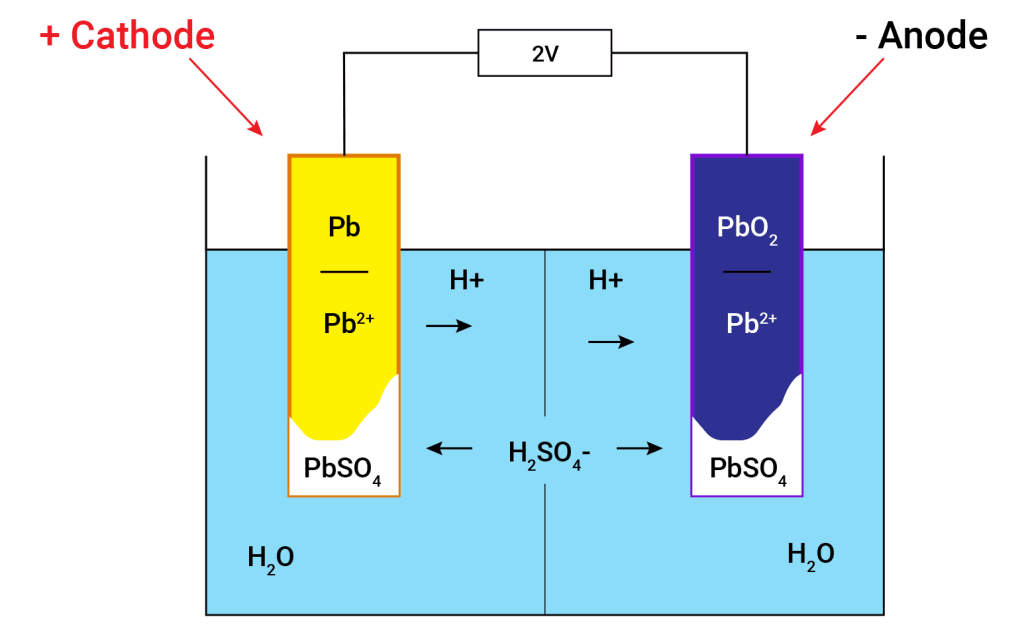
Electric Impedance – Resistance
Resistance, measured in ohms (Ω), is the property of a material that opposes the flow of electric current, turning electrical energy into heat (thermal energy) as a byproduct. The resistance of a material depends on its composition, temperature, length, and thickness. Some materials have very high resistivity, while others have lower. Copper is often used in electrical wires and cables as it has relatively low resistivity, and relatively high conductivity, while still being an affordable material at scale. Resistivity is the measure of a material’s ability to resist current flow. While conductivity is the measure of its ability to conduct it; these are reciprocal to each other.
Some materials are specifically engineered to not allow current flow, and are referred to as insulators. Conductors have low resistance and allow current to flow easily. While insulators have high resistance and restrict the flow of current. As current flows through a conductor, some of the electrical energy is converted into heat and is dissipated away from the conductor. Examples of this are the filaments in lightbulbs and the heating elements in toasters.

Ohm’s Law
One of the fundamental equations in electrical calculations is Ohm’s Law. This law states that the current through a conductor between two points is directly proportional to the voltage across the two points and inversely proportional to the resistance between them. This can be expressed as:
where is the current,
is the voltage, and
is the resistance.
This equation can be rearranged to solve for any missing variable. For example to figure out how much current will flow when we connect a specific voltage across a certain resistor we can use:
In this example, let’s say we have a 120V power supply, and we’ve run two wires from it to a 12Ω resistor. We want to know how much current will be drawn through the conductors so we can solve this with:
Notice that power, measured in watts, is not a part of ohm’s law. It is simply a relationship between pressure across a resistance, resulting in a certain amount of current flowing through the resistance. Ohm’s Law is a critical tool in the electrical field. It is used to calculate how different components in a circuit will behave under various potential differences (voltages) using various resistances.
Electric Power – Wattage (Joules per second)
Electrical power is the amount of energy transferred from one form of energy to another, per second. Power is often generated from mechanical energy, then transferred to electrical energy through a circuit. When a load is connected to the circuit, the electrical energy is transferred into another type, typically light, sound, heat, or mechanical motion. This transfer from one type of energy to another is measurable, in Joules per second (Watts).
Power in electrical systems is tied to voltage and current, and since current is dependent on resistance, power also relates to resistance. The power () in watts (
) consumed by an electrical device is given by the product of voltage and current (we call this the “Power Formula“):
where is the power,
is the current, and
is the voltage.
This equation shows that higher currents and higher voltages result in greater power consumption. This relationship is vital for understanding energy efficiency and for the design of electrical systems to ensure safety and effectiveness. Often electricians use this equation to calculate loads, especially how many loads can be added to a circuit.
Power is also related to resistance, although through a different series of formulas:
where is the power,
is the current, and
is the resistance.
An example is, say we want to know how much power will be dissipated as heat when 10A of current flows through the same 12Ω resistor as above. For this we can use:
With a 12Ω resistor, when 120V is applied across it, 10A of current will flow through the resistor and 1200W of energy will be transferred from the circuit outward into other forms of energy. So we can see, rather than simply looking at the relationship between voltage and current, we can see the relationship between the current flowing through a conductor based on the resistance in the circuit; showing us the power dissipated through the resistor.
Electromagnetism
The relationship between electricity and magnetism, known as electromagnetism, is a profound aspect of electricity that allows for some really interesting technological ingenuity. Moving electric charges produce magnetic fields, and changing magnetic fields can induce electrical currents in conductors. Inherent in every atom is the movement of electrons around the nucleus. As these charges move they produce a magnetic field around them, as well as an electric field. Depending on the arrangement of these charges, this magnetic field can be amplified to result in a net magnetic material. Additionally, net magnetic materials when interacting with electrical conductors, can induce current flow in the conductors. This interplay is the principle behind electric motors, generators, and transformers, and is described in-depth by Maxwell’s equations.

Conclusion
The study of electricity begins with understanding its basic principles. By understanding how electric charges interact, how current flows through materials, what voltage signifies, and how resistance impacts circuits, one can unlock the vast applications of electricity. With this knowledge, students and professionals can innovate, troubleshoot, and efficiently harness the power of electricity to meet the demands of modern technology and industry.

